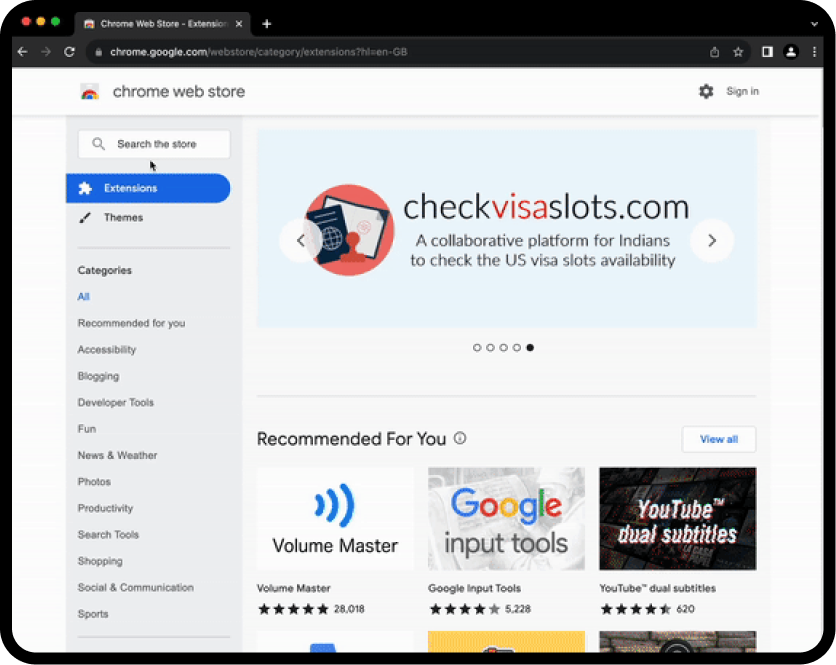Converter to AAC
Converts audio files to AAC format with configurable encoding options for developers, podcasters, and creators seeking efficient, web-ready audio.

Check It Yourself
About This Tool
This tool provides AAC audio conversion from common source formats for developers, podcasters, content teams, and media engineers who publish audio for web, apps, and streaming. It accepts WAV, MP3, FLAC, OGG, and M4A inputs and outputs AAC-LC files (.m4a or .aac) that are broadly compatible with major platforms, including web players and mobile apps. Core Logic & Features: The workflow decodes the input, resamples to the selected sample rate, adjusts channel layout (mono or stereo), optionally normalizes loudness, and encodes to AAC at a chosen bitrate or via a VBR profile. Required inputs include input_file, output_format (AAC), and target bitrate; optional advanced inputs include sample_rate_hz, channels, two_pass, and metadata. Outputs include output_file, duration_seconds, final_bitrate_kbps, and file_size_bytes. Inputs & Outputs: Inputs cover input_file (path or binary data), bitrate_kbps (number, 16–320), sample_rate_hz (number, e.g., 44100 or 48000), channels (1 or 2, default 2), normalize (boolean, default false), and metadata (object with title/artist/album/year). Outputs include output_file (path), duration_seconds (seconds), final_bitrate_kbps (kbps), file_size_bytes, and container (string). Algorithms & Calculations: The process follows a decode-resample-encode pipeline: decode input, resample to target rate, convert channel layout, apply optional loudness normalization, and encode to AAC-LC. If VBR is enabled, the encoder targets an average bitrate. Output size is estimated as duration_seconds × bitrate_kbps × 1000 ÷ 8, with adjustments for container overhead. Error & Edge Cases: Invalid input formats, missing input_file, DRM-protected sources, unsupported sample rates, or conflicting metadata trigger structured errors. Validation checks ensure bitrates within supported ranges, and impossible combinations are rejected with precise error codes. Industry/Region & Localization: Units follow ITU-R and MPEG standards; AAC-LC is widely supported for web, mobile, and broadcast; no region-specific licenses beyond standard AAC usage. Assumptions & Exclusions: The tool does not remove DRM or bypass copy protection; it does not manage licensing for protected content, and it does not perform streaming transcoding beyond file-based conversion.
How to Use
1. Provide inputs: upload source audio, select output format AAC, set bitrate and sample rate. 2. Choose encoding options: CBR or VBR, channels, metadata. 3. Run conversion. 4. Review outputs: verify duration and file size. 5. Download or integrate into your pipeline.

FAQs/Additional Resources
Find Quick Answers
What inputs are supported?
How is metadata handled?
How are quality and size balanced?
User Reviews
See What Others Are Saying
Explore Related Tools
More Solutions for Your Needs
BCD to Binary Converter
Converts BCD-encoded digits into binary output, for developers, hardware engineers, and students working with BCD data streams.
BCD to Decimal Converter
A precise converter that turns BCD nibble groups into their decimal value, ideal for engineers, educators, and developers validating digital logic.
Your Feedback Matters
Help Us to Improve

 Norwegian
Norwegian
 Danish
Danish
 German
German
 English
English
 Spanish
Spanish
 French
French
 Italian
Italian
 Dutch
Dutch
 Portuguese
Portuguese
 Swedish
Swedish
 Hebrew
Hebrew
 Arabic
Arabic









